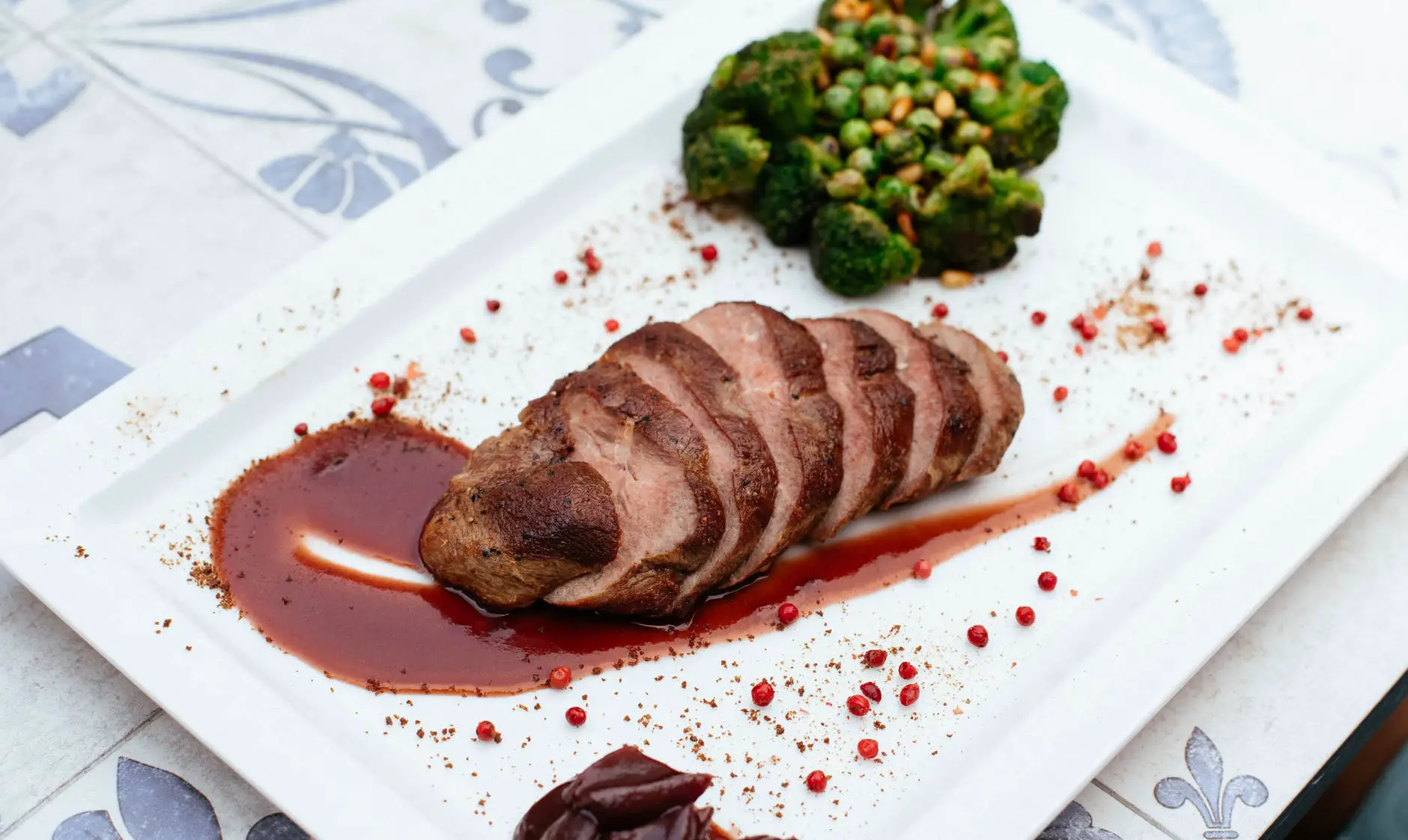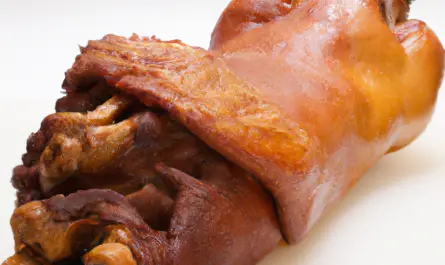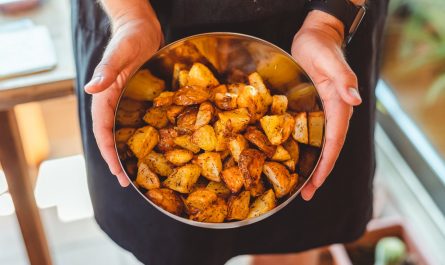Cornstarch is a fine, white powder that is made from the endosperm of the corn kernel. It is commonly used as a thickening agent in sauces, gravies, and puddings because it has the ability to absorb liquid and create a smooth, thick consistency.
Yes, you can substitute cornstarch with flour. It is generally recommended to use twice as much flour as you would cornstarch, as cornstarch is a more powerful thickening agent. If a recipe calls for 1 tablespoon of cornstarch, you’ll need to substitute it with 2 tablespoons of flour.
It is also important to note that cornstarch does not have the same binding properties as flour, so if you are looking to replace flour with cornstarch while baking it will not work very well.
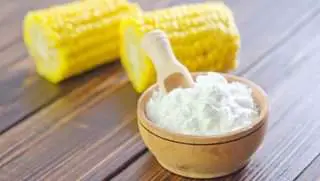
Can I Substitute Cornstarch for Flour?
Cornstarch vs Flour
Unlike flour, cornstarch appears to be more white and in a more refined texture. While flour is a primary ingredient in baking, cornstarch is only used for specific baking purposes, like in baking shortbread recipes.
This is because cornstarch only contains starch, while flour contains starch, protein and fiber. It is the protein in gluten that aids the elasticity and chewable characteristics in flour-baked products.
While flour contains gluten, cornstarch is gluten-free and, therefore, safe for people with gluten-intolerant diseases.
How to Substitute Cornstarch for Flour
A lot of recipes interchangeably use flour and cornstarch as a thickener, a coating or as another ingredient. However, while substituting one for the other, how much you use and how to use it differs from one cooking method to another; whether you are deep frying, baking or using the flour/ cornstarch to thicken sauces, gravy or pie fillings.
Other options for substituting cornstarch
There are several ingredients that can be used as substitutes for cornstarch, depending on the specific recipe and the desired result. Some options include:
- Arrowroot powder: This fine, white powder is made from the arrowroot plant and has similar thickening properties to cornstarch. It can be used in the same proportions as cornstarch, but it has a slightly different flavor and may produce a slightly clearer finish in some dishes.
- Potato starch: This fine, white powder is made from potatoes and has similar thickening properties to cornstarch. It can be used in the same proportions as cornstarch, but it has a slightly different flavor and may produce a slightly gummier texture in some dishes.
- Tapioca starch: This fine, white powder is made from the cassava plant and has similar thickening properties to cornstarch. It can be used in the same proportions as cornstarch, but it has a slightly different flavor and may produce a slightly glossy finish in some dishes.
It is important to note that these substitutes may not work in all recipes, as they may have slightly different flavors and textural properties than cornstarch. Experimenting with different substitutes may be necessary to find the one that works best for a particular recipe.
Substituting cornstarch for flour in sauces, gravy or pie fillings
Most people prefer cornstarch to flour as a thickener in sauces, gravy and pie fillings. The taste of the two is different, and flour appears cloudy, while cornstarch has a shiny appearance.
All starches have thickening agents, and flour and cornstarch are no different. They act like a sponge by absorbing liquid and expanding, then gelatinize and firm up when cold.
And since cornstarch is pure starch while flour is partly starch, it is a stronger thickener. You will need a double amount of flour to achieve the same thickening properties as cornstarch
Cornstarch vs flour
- To use cornstarch as a thickener, you’ll need to first mix it with cold water to form a slurry. On the other hand, flour is first cooked with fat to form a roux. The slurry is added towards the end of a recipe, while a roux is added at the beginning.
- You’ll need to cook the flour longer to remove the floury taste. Cornstarch should be cooked on a higher heat and for a shorter time to activate the thickening agents.
- Flour makes the sauce opaque and cloudy, while cornstarch gives it a shiny and translucent finish. This makes cornstarch more desirable, especially for fruit pie filling in different sauces.
- Cornstarch doesn’t thicken nicely with acidic foods. So, if your food has tomatoes, lemon juice, vinegar, egg yolks or butter, you might prefer using flour. Adding too much cornstarch to foods may turn them spongy and won’t freeze well.
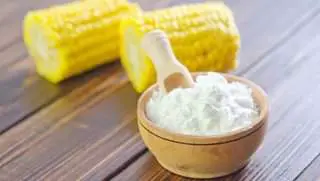
Credit: Onga Ghana
Substituting Cornstarch for Flour in Fried Foods
Both flour and cornstarch can be used to coat fried chicken, fish and other foods before deep frying. Generally, cornstarch yields a crispier coating than flour and absorbs less fat. Contrastingly, more flour is needed to achieve the same effect, thus leading to a chewy texture.
Usually, recipes that call for the crispiest exterior require a 50/50 blend of both flour and cornstarch for a perfect balance and beautifully browned coating.
Important to Note: Make sure to apply a thin, light coating of the flour on the food you are deep frying. A heavier coating may make your food gummy.
Substituting Cornstarch for Flour in Baking
Baking is where you can never use flour and cornstarch interchangeably. For instance, a cake recipe will not work out if you use cornstarch instead of flour. This is because baked foods depend on the protein found in gluten to form their body and texture.
However, adding just a little cornstarch to a cookie or a cake recipe results in a more tender product.
Conclusion
While most people are aware that they can substitute cornstarch for flour, not many have an idea of how to go about it. Except in baking, all you need to do is to substitute cornstarch for flour in a ratio of 1:2. With this, you’ll never miss a recipe that calls for cornstarch while you have flour in your pantry.

